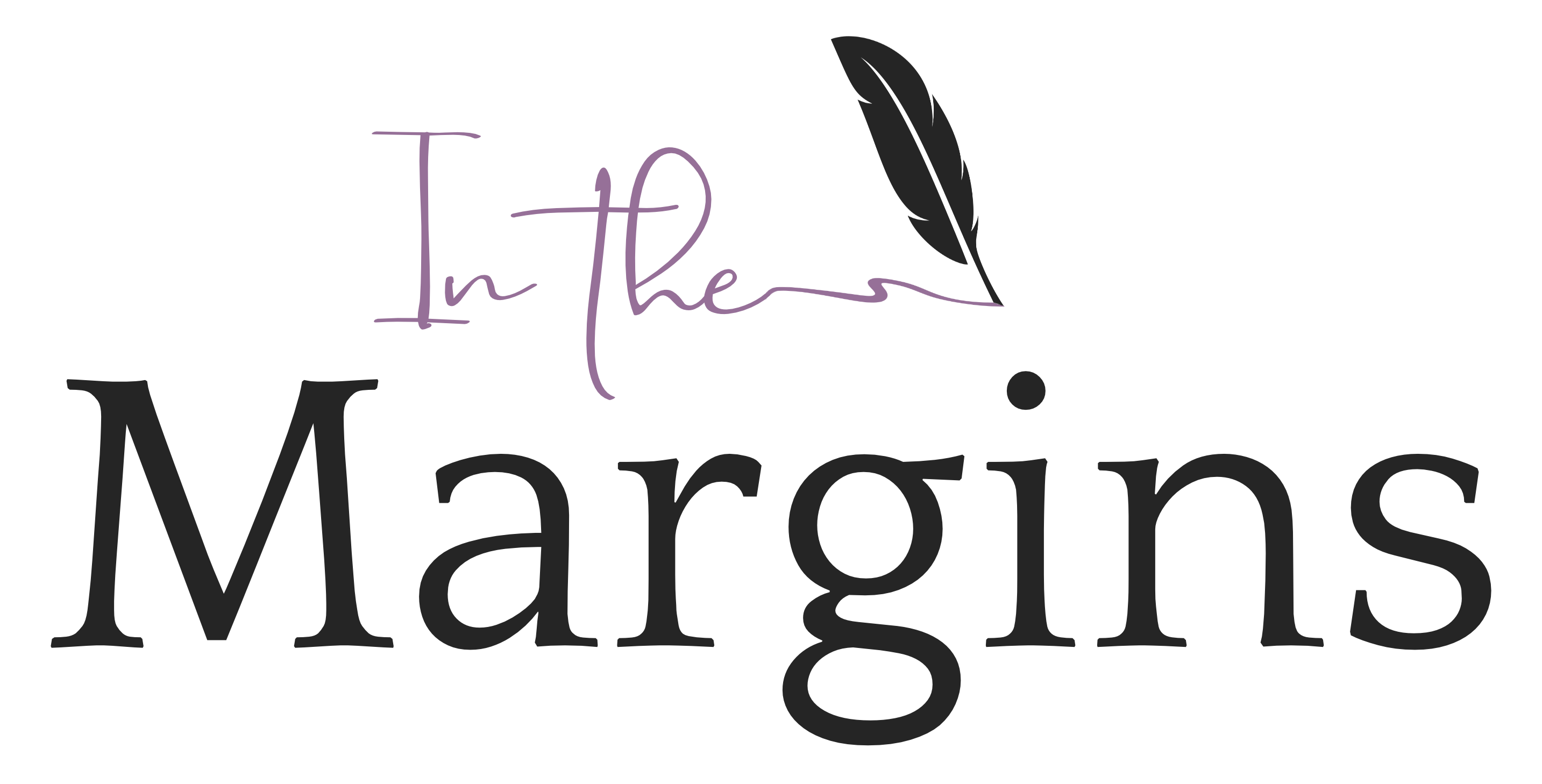Playing around with punctuation can not only change the meaning of a sentence, it can also allow you to shape the pacing and emotional buildup within a scene. Consider the following examples:
✨ I: Meaning ✨
Punctuation’s impact on meaning is a bit more obvious:
- A woman without her man is nothing.
- A woman: without her, man is nothing.
This is a commonly used example because of how different the two lines read with just the addition of a colon and comma.
Funnier versions of this you may have seen include the innocent “Let’s eat, Grandma!” versus the more cannibalistic “Let’s eat Grandma.” 🐺 👵🏻
✨ II: Pacing & Emotion ✨
Where writers have some more leeway is in using punctuation to manipulate how the reader reads a sentence or paragraph. Short and fragmented sentences can create tension, anger, and urgency, while longer sentences can convey calm or thoughtfulness.
For example:
- I didn’t plan on losing and so I unloaded punches left and right. Then, when he blocked his face, I swung at his sides.
- I didn’t plan on losing. I punched left, right, left, right. When he blocked his face, I swung at his sides.
Neither a nor b is correct or better than the other.
The difference is that b feels a little more urgent and tense. Adding punctuation and clipping the sentences meant removing a couple of words that were slowing the section down.
✨✨✨
When I used to provide more line editing and when I taught, I often reminded the writers I worked with that writing is an art form. It may look a little different, but you can shape the words.
It’s okay to play with the language and get a little messy.

